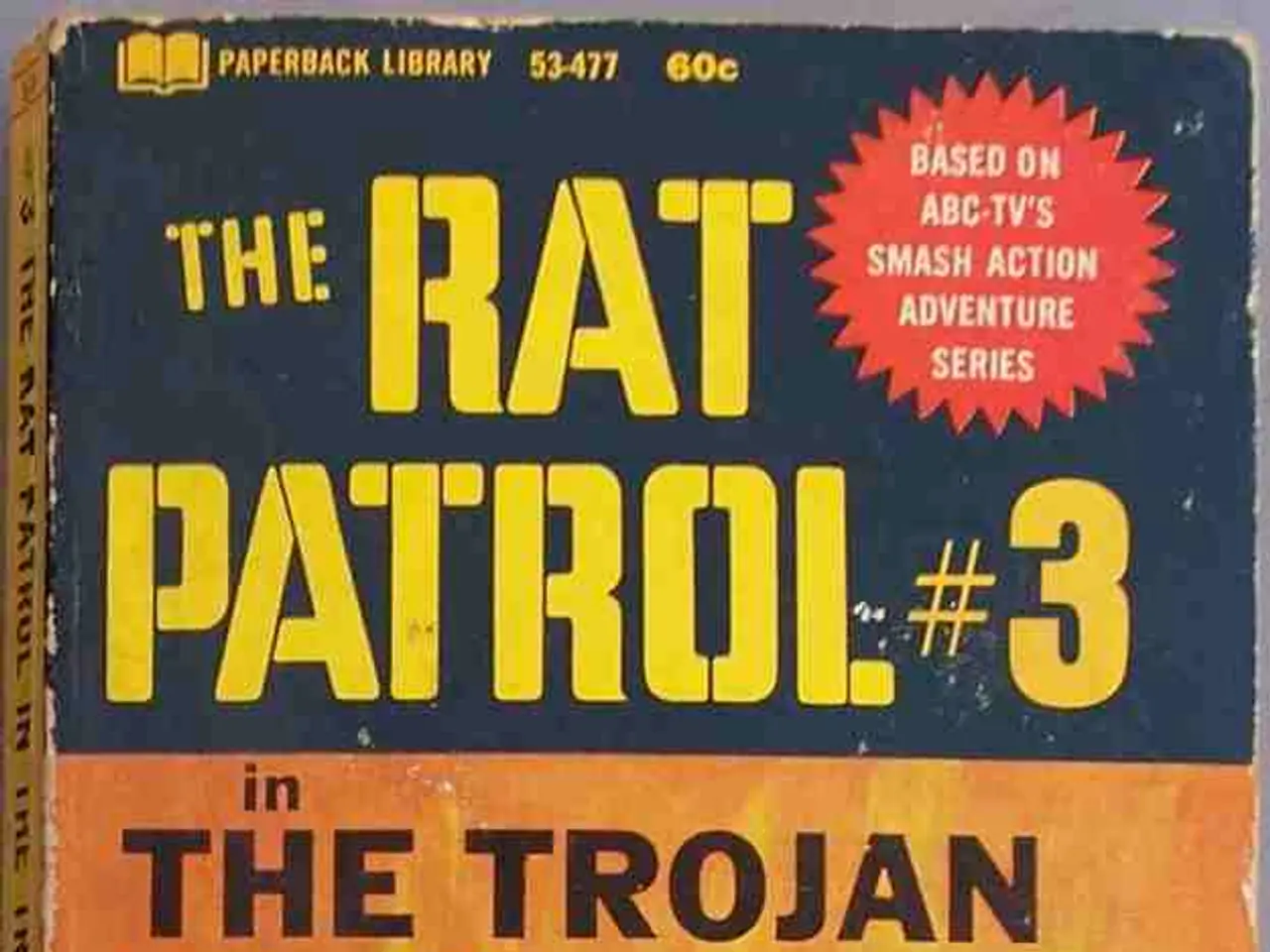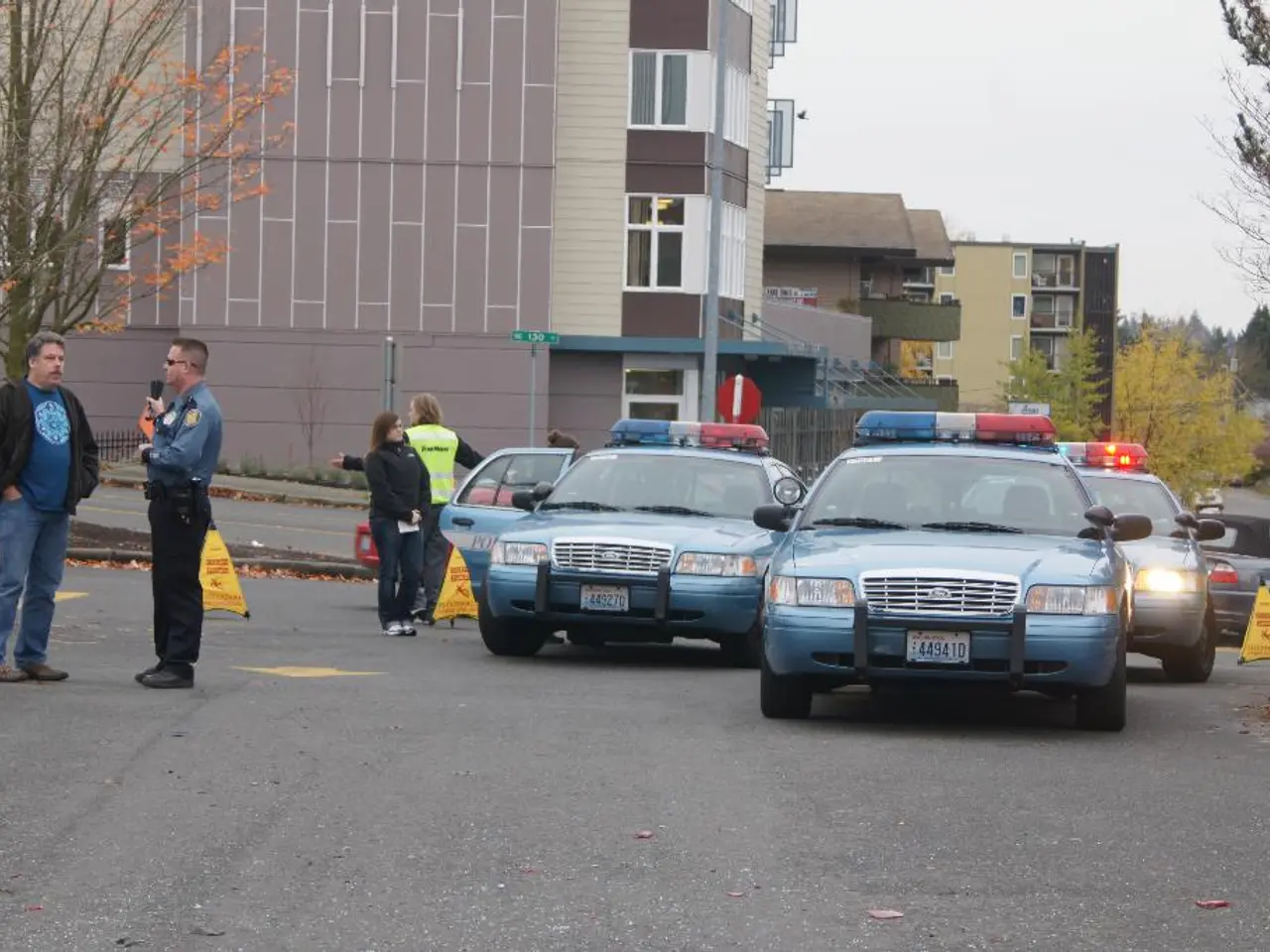Devastation of Cultural Landmarks Due to Armed Conflict
In the face of the destruction of cultural heritage, the world is taking action to safeguard historical sites, artefacts, and traditions that are integral to our shared history and identity. The preservation of cultural heritage is not just about preserving the past, but also about promoting peace, understanding, and respect among nations.
Cultural heritage encompasses a wide range of elements, including historical buildings, monuments, artefacts, artworks, traditions, languages, and rituals. The loss of this heritage can lead to a sense of disconnection from one's history and identity, causing psychological and emotional distress among affected populations. Moreover, the destruction of cultural heritage can have economic repercussions, leading to long-term unemployment, poverty, and social instability.
International organisations play a pivotal role in safeguarding cultural heritage during times of conflict. They raise awareness, provide technical assistance, mobilise resources, and advocate for the protection of historical sites and artefacts. UNESCO, at the forefront of global efforts, works to identify, preserve, and promote cultural sites around the world.
One of the key measures adopted by international organisations is the 1954 Hague Convention for the Protection of Cultural Property in the Event of Armed Conflict. This treaty mandates States Parties to implement peacetime measures, protect cultural property during conflict, avoid using cultural property for military purposes, and establish special military units responsible for cultural property protection, among other things.
Military best practices also play a crucial role in protecting cultural heritage. These include developing "no-strike" or "no-fire" target lists of known cultural heritage sites, using precision-guided munitions to minimise collateral harm, and training military personnel on cultural heritage protection to ensure compliance with international law and internal policies during operations.
Collaboration and prosecution are other essential components of the approach. Military commissions work closely with local authorities, NGOs, international organisations, and other stakeholders to identify, document, and protect cultural sites and to investigate crimes against cultural property. Efforts include adapting and creating laws to prosecute crimes related to cultural heritage.
International organisations also publicly condemn violations and urge compliance with cultural heritage protections in conflicts. Examples include calls for enforcing criminal sanctions against perpetrators, and diplomatic measures to halt attacks on cultural sites, as in Ukraine's case. The EU and other international actors have launched initiatives to protect endangered cultural artifacts and support reconstruction efforts during conflicts.
In conflict zones, emergency measures are taken, including temporarily closing museums and historical sites, transferring artifacts to secure storage, increasing security around cultural sites, and urging international agencies to intervene diplomatically and legally to prevent damage.
Rebuilding cultural heritage after war is not just a physical process but also a means of promoting reconciliation, healing trauma, and fostering a sense of unity among affected populations. International organisations, like UNESCO, provide technical assistance and funding for post-conflict reconstruction projects aimed at restoring cultural heritage.
Local communities play a crucial role in rebuilding their cultural heritage by actively participating in restoration efforts, fostering a sense of ownership and pride in preserving their history and traditions. They have also played an active role in protecting their cultural heritage during conflict by forming volunteer groups to safeguard historical sites and artefacts.
In conclusion, the protection of cultural heritage during armed conflict requires a comprehensive approach combining legal obligations, military discipline, training, international cooperation, and emergency response. The enforcement of and respect for conventions like the Hague Convention remain central to these efforts. The preservation of cultural heritage is not just a matter of historical significance; it is a matter of human dignity and resilience.
[1] UNESCO. (n.d.). The Hague Convention for the Protection of Cultural Property in the Event of Armed Conflict. Retrieved from https://en.unesco.org/themes/culture/risk-preparedness/hague-convention [2] US Institute of Peace. (2019). Protecting Cultural Heritage during Armed Conflict. Retrieved from https://www.usip.org/publications/2019/03/protecting-cultural-heritage-during-armed-conflict [3] UNESCO. (2021). Ukraine: UNESCO Expresses Deep Concern over the Situation of Cultural Heritage. Retrieved from https://en.unesco.org/news/ukraine-unesco-expresses-deep-concern-over-situation-cultural-heritage [4] European Commission. (2020). EU support for the protection and preservation of cultural heritage in conflict zones. Retrieved from https://ec.europa.eu/culture/cultural-heritage/news/eu-support-protection-and-preservation-cultural-heritage-conflict-zones_en [5] ICOMOS. (2017). Emergency Red List of Syrian Cultural Objects at Risk. Retrieved from https://ich.unesco.org/en/events/1341
- The preservation of cultural heritage is intertwined with politics and general news, as international organizations, like UNESCO, advocate for its protection during war-and-conflicts, enforce treaties such as the 1954 Hague Convention, and intervene diplomatically and legally in conflict zones to prevent damage.
- As a way to promote peace, understanding, and respect among nations, general news often highlights both the destruction and the rebuilding of heritage sites, showcasing the essential role local communities play in safeguarding their historical sites, artefacts, and traditions, even during war.







